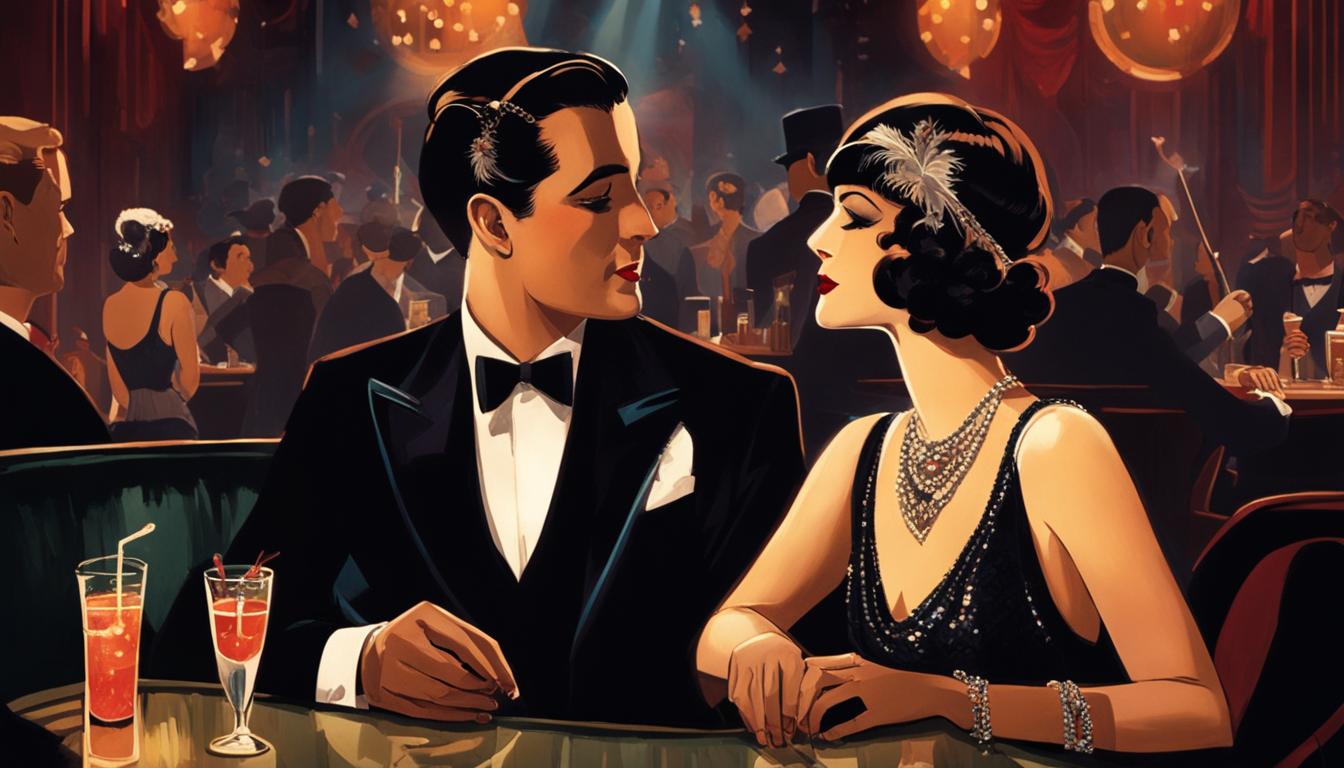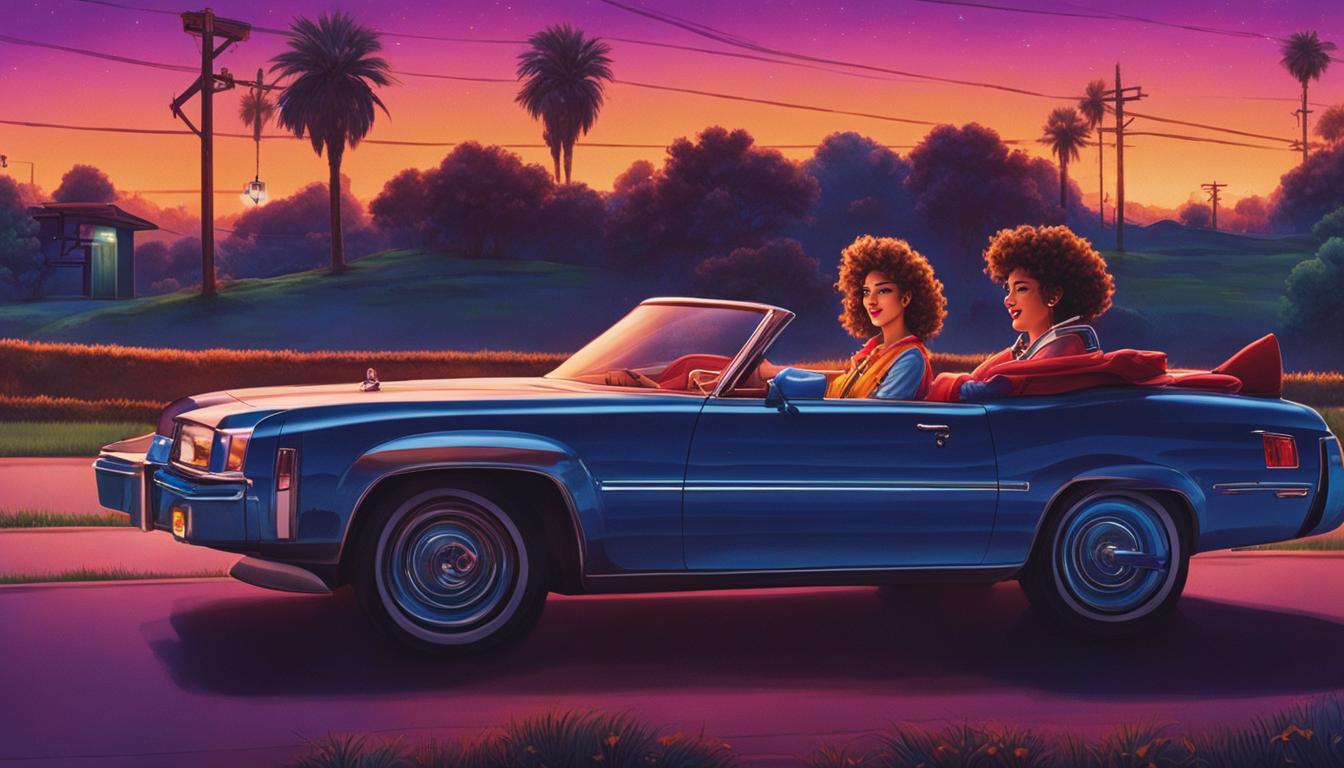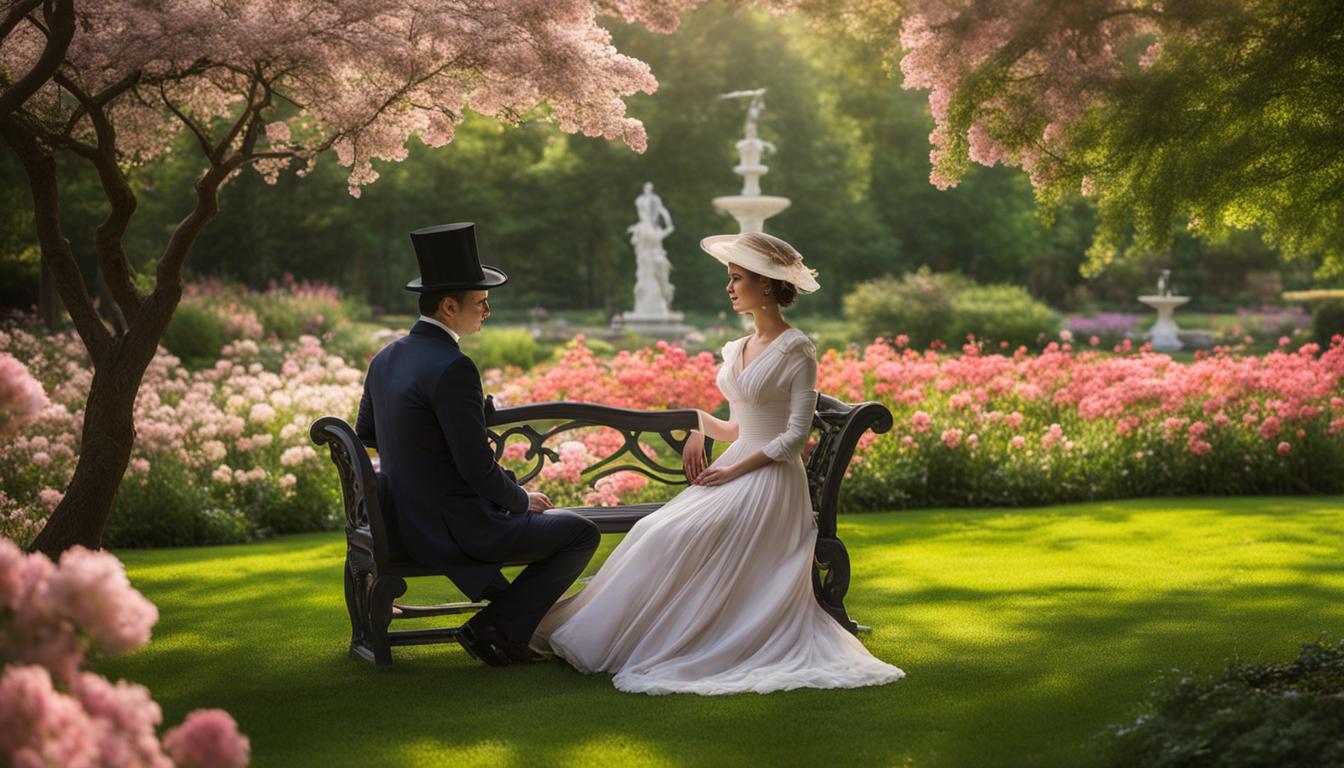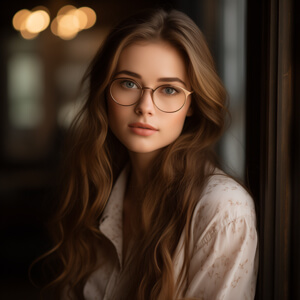Relationships have undergone significant changes over time, evolving in response to shifting dynamics and societal trends. From traditional courtship in the 1700s to the modern complexities of love connections today, the stages of relationship growth have transformed, and couples have had to adapt to these changes.
In this article, we will explore the fascinating journey of relationships, examining the various stages of growth and the transforming dynamics that have shaped modern connections. From the formal courting practices of the 1700s to the rise of online dating in the internet age, we will delve into how relationships have adapted to the evolving world around them.
Join us as we uncover the relational development process, explore the trends in modern relationships, and discover how individuals have been navigating the ever-changing landscape of love and partnership. Through this exploration, we will gain insights into the evolution of relationships and the ways in which couples have learned to adapt to relationship changes over time.
Key Takeaways:
- Relationships have evolved significantly over the years, from supervised courting to casual dating and online connections.
- The dynamics in relationships have shifted as societal norms and expectations have changed.
- Modern relationships emphasize equality and compatibility, with many individuals preferring cohabitation over marriage.
- The evolution of relationships is influenced by factors such as changing attitudes, economic challenges, and women’s increasing independence.
- Adapting to relationship changes is crucial for couples to navigate the ever-evolving landscape of love and partnership.
The Evolution of Relationships: From Dating to Marriage
In the 1700s, dating looked quite different from what it is today. It was a time of supervised courting, where relationships were not left to chance but carefully monitored by family members or adults. Chaperones played a crucial role, ensuring that couples adhered to the social norms and expectations of the time.
Courting activities in the 1700s were formal and structured, involving a range of traditional dating activities. Couples would engage in activities such as attending dinner parties, dancing events, picnics, and even shopping together. These activities provided a chance for potential partners to get to know each other while maintaining a level of propriety.
With chaperones present, couples were unable to indulge in the type of casual dating we see today. Instead, dating in the 1700s was focused on the end goal of marriage, with relationships seen as a pathway to creating a stable and prosperous future for both individuals involved.
Dating in the 1700s: Key Points
- In the 1700s, dating was supervised and courting activities were formal and structured.
- Chaperones played a crucial role in monitoring relationships and ensuring adherence to social norms.
- Dating activities included attending dinner parties, dancing events, picnics, and shopping.
- Couples’ interactions were centered around the goal of marriage and creating a stable future.
As we can see, dating has come a long way since the 1700s. The evolution of relationships and shifting dynamics have led to the modern dating landscape we navigate today. In the next section, we will explore the romantic marriage practices of the 1800s, where love and personal connections began to take center stage.
Romantic Marriage in the 1800s
In the 1800s, marriage underwent a significant transformation, shifting its focus from purely practical considerations to a more romantic outlook. Love-based marriages became increasingly common, with couples seeking emotional connections and personal fulfillment in their unions. The concept of marrying for love gained prominence during this era, marking a departure from the previous emphasis on arranged marriages.
During the 1800s, the process of courtship and marriage was steeped in tradition and decorum. Men were expected to display their commitment by repeatedly seeking permission to marry even after the engagement was in place. This ritual was a testament to their dedication and devotion to their partners.
“It was a time when love blossomed, and the pursuit of romance took center stage in the matrimonial journey.”
Marriage became a means of finding emotional fulfillment, and couples aspired to build a deep bond founded on love and companionship. While practical considerations such as financial stability and family alliances still played a role, the focus on emotional connection paved the way for more fulfilling and love-centered relationships.
Love as the Foundation
The rise of the romantic marriage in the 1800s marked a shift in societal attitudes towards love and marriage. The pursuit of romantic love became a crucial aspect of partner selection, and compatibility on an emotional level took precedence over other factors. This change in mindset laid the foundation for the modern understanding of love and marriage, influencing relationship dynamics to this day.
The Roaring 20s: The Rise of Dating
The 1920s marked a significant shift in the world of dating, as traditional courting took a backseat to a more casual and independent approach. This era, often referred to as the Roaring 20s, was characterized by the rise of flapper culture and a newfound sense of freedom among young adults.
Flappers, with their bobbed hair, short skirts, and rebellious attitudes, embraced a lifestyle that challenged societal norms. They rejected the traditional roles assigned to women and sought to assert their independence. This cultural shift had a profound impact on dating, as women now had the freedom to explore their own desires and choices.
The 1920s saw a shift towards casual dating. Couples were able to go out and enjoy activities like dancing, movies, and getting to know each other on a more personal level.
Casual dating became more prevalent during this time, with couples going out on dates to enjoy activities such as dancing, going to the movies, and spending time together. This marked a departure from the formal courting rituals of the past, as couples focused on getting to know each other in a more relaxed and informal setting.
The Roaring 20s brought about a change in the dynamics of dating, with a greater emphasis on personal choice and individual freedom. This era set the stage for the evolving dating landscape that would continue to evolve in the decades to come.

The 1950s: Chivalry and Going Steady
The 1950s marked a time of traditional values and romance in the dating scene. Men took on a more chivalrous role, opening doors and taking responsibility for the date. It was a period when couples who had been dating for a while were considered “going steady,” signifying a level of commitment and exclusivity in their relationship.
During the 1950s, early marriages were common, with couples tying the knot at a younger age compared to later decades. Marriage was seen as the ultimate goal of dating, and many couples pursued these lifelong commitments eagerly.
Chivalry played a significant role in dating during this era. Men would go out of their way to show respect and care for their partners, displaying acts of courtesy such as offering their arm, opening car doors, and paying for dates. These gestures were seen as demonstrations of love and admiration for the women they were courting.
“Going steady meant that you were committed to each other. It was a way to show your partner that you were serious about the relationship and that you saw a future together. It was a special time where you knew you had found ‘the one’ and wanted to build a life together.”
The 1950s were characterized by a sense of stability and conformity, where dating revolved around finding a suitable partner for marriage. It was a time when men embraced their role as providers and protectors, and women embraced the notion of being taken care of by their partners. Dating in the 1950s reflected the societal expectations and ideals of the period.
The Era of Chivalry and Going Steady
- Men took on a more chivalrous role, displaying acts of courtesy and respect.
- “Going steady” was a common term used to describe exclusive and committed relationships.
- Early marriage was a prevalent trend during the 1950s.
- Stability and conformity were key characteristics of dating during this era.
The 1950s represented a chapter in the evolution of relationships, where chivalry and commitment were highly valued. It was a time when dating meant courting with the intention of building a future together, and the notion of finding love and settling down held great significance.
The 1960s and 1970s: Women’s Initiative and Cohabitation
In the 1960s and 1970s, the dating landscape underwent significant changes, with both men and women taking more initiative in finding a date. This era witnessed a shift towards a more egalitarian approach to relationships, as women began to assert their independence and actively participate in the dating process.
Women’s Initiative
During this time, women started initiating conversations, asking men out on dates, and even helping to pay for expenses. This marked a departure from traditional gender roles, where men were expected to take the lead in courtship. The increased involvement of women in dating allowed for more diverse and equal partnerships to emerge.
Cohabitation
Another significant trend during the 1960s and 1970s was the rise of cohabitation as a precursor to marriage. Couples who were in serious relationships often chose to live together before tying the knot. Cohabitation became a way to test compatibility, establish financial stability, and gauge long-term commitment before making the decision to get married.
Shift Towards Serious Relationships
During this era, dating became more purposeful, with individuals seeking out serious and meaningful connections. The emphasis shifted from casual dating to finding a partner for a committed and long-term relationship. This change was influenced by the cultural and social movements of the time, such as the women’s liberation movement and the desire for greater personal fulfillment.
The 1960s and 1970s were transformative decades in how dating and relationships were perceived. Women’s initiative in dating and the acceptance of cohabitation as a legitimate relationship choice were pivotal in reshaping the dynamics of romantic partnerships.
The Relaxed 80s: Casual Dating and Proms
In the 1980s, dating took on a more casual and relaxed atmosphere. Couples enjoyed each other’s company through simple yet enjoyable activities like grabbing a slice of pizza or going to the movies. It was a time of getting to know each other, building connections, and having fun together.
This era also witnessed the significance of prom culture. Proms were glamorous events where couples dressed up in their finest attire and danced the night away. It was an opportunity for young love to bloom, creating memorable moments that would be cherished for years to come.

Quotes:
“In the 80s, dating was all about keeping it simple and enjoying each other’s company. We didn’t need extravagant gestures; a slice of pizza and a movie was enough to have a great time.” – Megan, 80s dating enthusiast
Casual Dating in the 1980s:
- Going out for a slice of pizza
- Watching movies together
- Taking long walks in the park
- Attending school events and concerts
The 1980s was an era of carefree dating, where couples focused on getting to know each other on a personal level. It was a time when simplicity and genuine connections mattered more than grand gestures. The casual dating culture, combined with prom traditions, created a unique and cherished experience for young couples during this vibrant decade.
The Internet Age: Online Dating and Dating Apps
In the 1990s, the rapid advancement of technology brought about a significant shift in the dating landscape. The internet became a platform for connection, paving the way for online dating and dating apps to emerge. People now had the convenience of finding potential partners from the comfort of their own homes, without the need to rely solely on chance encounters or traditional methods.
Internet dating became a popular option, allowing individuals to create online profiles and connect with others who shared similar interests and values. This new avenue of meeting people opened up a world of possibilities and expanded the dating pool exponentially. Online communication became the norm, with late-night emails and instant messaging on platforms like AIM becoming popular ways to interact and get to know someone on a deeper level.

Simultaneously, dating apps started to gain traction, revolutionizing the way people approached dating. These apps offered a convenient and streamlined experience, allowing users to swipe through profiles and make connections with just a few taps on their smartphones. With features like location-based matching and personalized algorithms, dating apps made it easier than ever to find potential matches tailored to individual preferences.
The introduction of online dating and dating apps brought about a fundamental change in the way people sought romantic relationships. It expanded the possibilities, making it easier to connect with others and find compatible partners in an increasingly digital world.
Nineteenth Century Romance and Love Notes
In the nineteenth century, courtship and romance took on a significant role in partner selection. Courtship rituals were highly valued during this time, with individuals engaging in various activities to establish connections and express their intentions. One popular practice was the exchange of love letters, which became a cherished form of communication between lovers.
Love letters allowed individuals to pour out their feelings and desires, expressing their deepest emotions in written form. These heartfelt messages served as a way to maintain a connection and deepen the bond between two people. Valentines, too, became increasingly popular, offering a tangible expression of affection and admiration.

The art of writing love letters and sending valentines created a sense of anticipation and romance. It allowed individuals to express their feelings in a more profound and personal manner, contributing to the emotional connection experienced between partners. These courtship rituals played a crucial role in the development of relationships, symbolizing the dedication and commitment individuals had towards one another during the nineteenth century.
The Evolution of Modern Romance
In today’s modern era, the landscape of romance and relationships has undergone significant changes. The traditional idea of marriage as the ultimate goal has become less prevalent, and people are exploring alternative forms of commitment and connection. Declining marriage rates are a reflection of shifting relationship preferences and the increasing popularity of cohabitation.
One of the key factors in the evolution of modern romance is the growing independence of women. With greater educational and career opportunities, women have more control over their lives and choices. They no longer feel the societal pressure to marry at a young age and are prioritizing personal fulfillment and individual growth.
Cohabitation has also emerged as an alternative to marriage. Couples are choosing to live together and build a life together without the legalities and expectations that come with marriage. Cohabitation allows for greater flexibility and freedom, while still fostering emotional intimacy and commitment.
The Evolution of Modern Romance
- Changing relationship preferences
- Declining marriage rates
- Preference for cohabitation
- Women’s increasing independence
These shifts in modern romance are reflective of a society that values individualism and equal partnership. People are seeking relationships that prioritize compatibility, shared values, and personal growth. As the dynamics of relationships continue to evolve, it is essential to embrace these changes and adapt to the needs and desires of individuals in the pursuit of love and connection.
Conclusion
The evolution of relationships has brought about significant changes in the dating and marriage landscape. From the supervised courting of the 1700s to the casual and relaxed approach of modern times, the dynamics of relationships have shifted over the years.
In today’s world, relationships have transformed to adapt to the changing times. While some traditions persist, the modern approach to romance emphasizes equality and compatibility. The rise of online dating and dating apps in the 1990s has revolutionized the way people connect and find potential partners.
However, it is important to acknowledge that changing dynamics and modern dating trends are not the sole factors shaping relationships. A decline in marriage rates and an increase in cohabitation reflect shifting attitudes, economic challenges, and women’s increased independence.
As we continue to navigate the evolution of relationships, it is crucial to prioritize open communication, respect, and understanding. By embracing the changing dynamics and trends, we can create meaningful and fulfilling connections in the modern dating world.
FAQ
What were dating activities like in the 1700s?
In the 1700s, dating, or courting, was focused on marriage and often supervised by family members or adults. Activities included dinner, dancing parties, picnics, and shopping.
How did marriage change in the 1800s?
In the 1800s, marriage shifted from being purely for childbearing to a focus on love and romantic attachments. Men were expected to repeatedly ask for permission to marry even after engagement, and love became the primary basis for marriages.
What was dating like in the 1920s?
In the 1920s, dating became more casual. Courting became less common, and couples began going on “dates” to get to know each other better. Activities included dancing, movies, and personal interactions.
How did dating change in the 1950s?
In the 1950s, men took on a more chivalrous role in dating, opening doors and taking responsibility for the date. Couples who had been dating for a while were considered “going steady,” and marriage often occurred at a younger age.
What were dating trends in the 1960s and 1970s?
In the 1960s and 1970s, both men and women took more initiative in finding a date. Women began to help pay for dates, and serious relationships often led to cohabitation as a sign of an imminent marriage.
What was dating like in the 1980s?
In the 1980s, dating embraced a more relaxed approach. Couples enjoyed casual activities like grabbing a slice of pizza or going to the movies to get to know each other better. Prom culture also played a significant role in romance during this era.
How did the internet change dating in the 1990s?
In the 1990s, the widespread use of the internet led to the rise of online dating and dating apps. Late-night emailing and instant messaging became popular ways to connect with potential partners.
How did romance thrive in the nineteenth century?
In the nineteenth century, courtship became a significant phase of partner selection, and love letters and valentines became popular ways to express feelings. Romantic communication thrived through letter writing and the exchange of sentimental gifts.
What are the relationship preferences in modern times?
In the modern era, romance remains important in partner selection, but the interest in marriage has declined. Many individuals now prefer cohabitation and view marriage as a partnership between equals. Factors contributing to declining marriage rates include shifting attitudes, increased acceptance of singledom, economic challenges, and women’s increased independence.
How have relationships evolved over time?
The evolution of relationships has brought about significant changes in dating and marriage. From supervised courting to casual dating and the rise of online platforms, relationships have transformed to adapt to the changing times. While some traditions persist, the modern approach to romance emphasizes equality and compatibility.


